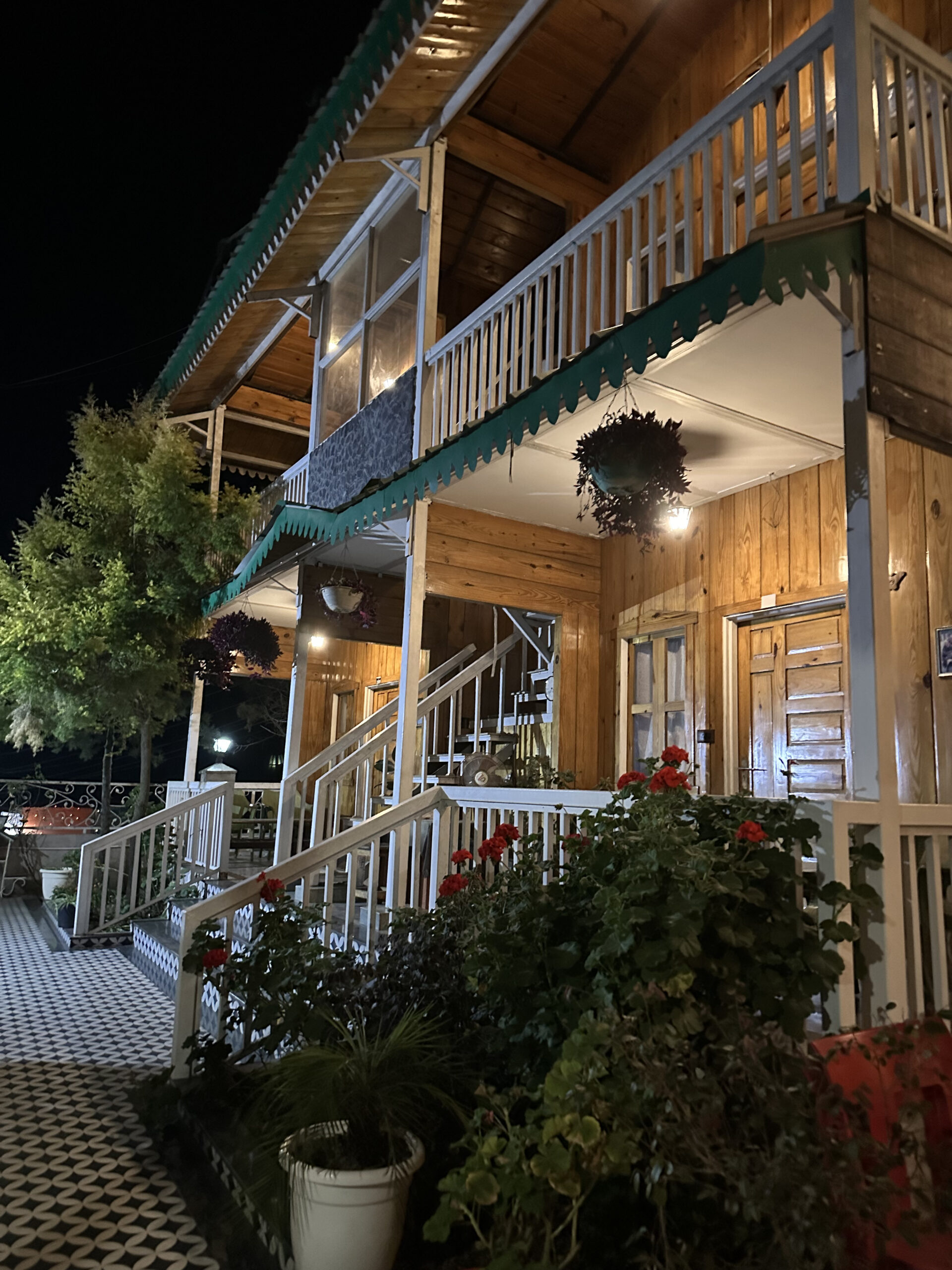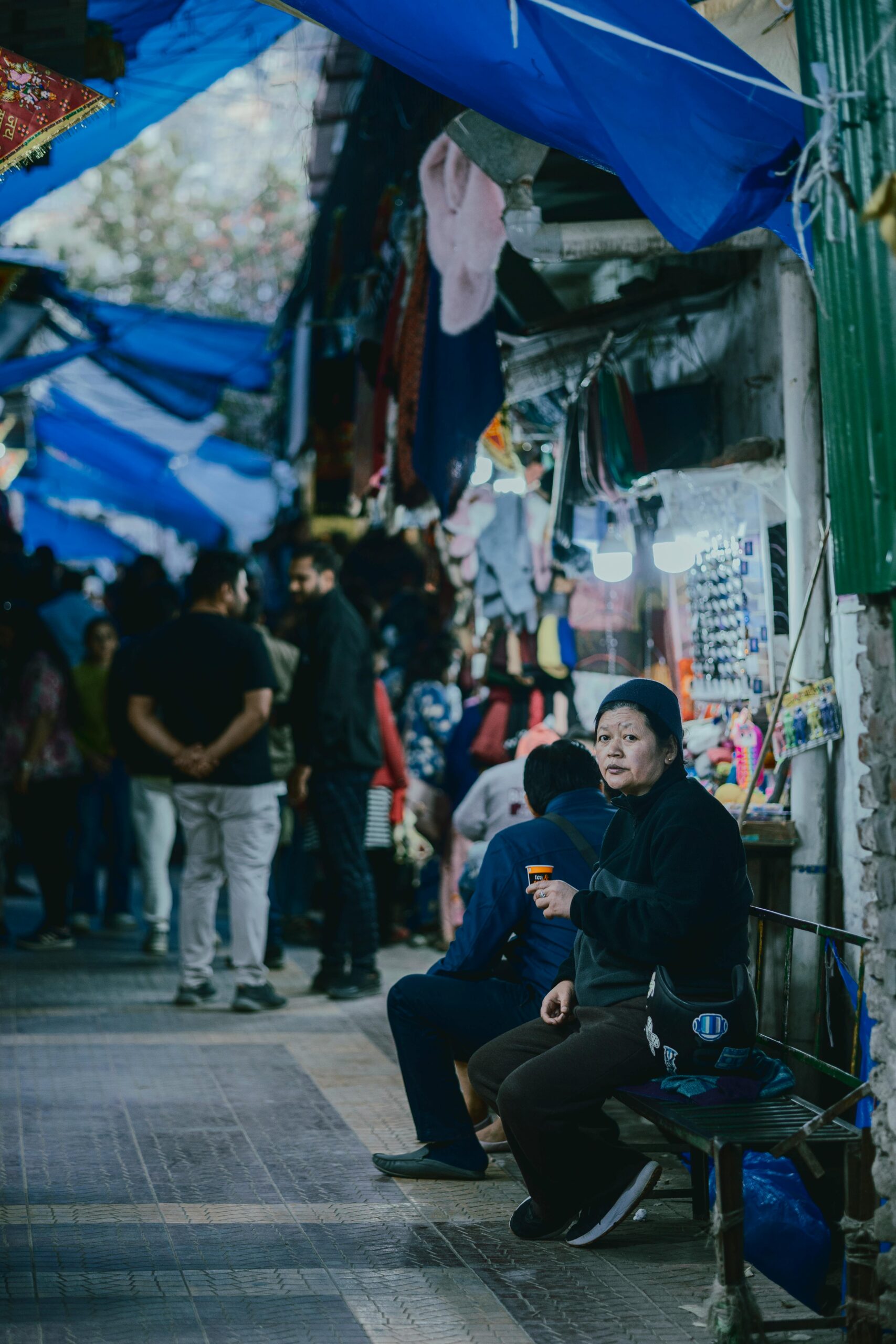Exploring Mussoorie’s Rich Colonial Heritage
Introduction
Welcome to Mussoorie, the “Queen of the Hills,” where the lush green mountains meet rich history! If you’ve ever wondered what it’s like to stroll through the charming streets of a town steeped in colonial heritage, Mussoorie is your ideal destination. This scenic hill station doesn’t just boast captivating views but also a rich tapestry of stories woven through its colonial past. So, buckle up as we embark on an exciting journey to explore Mussoorie’s colonial heritage and discover its significance today!
A Glimpse into History
Ring the clock back to the early 19th century, and you’ll find that Mussoorie began as a tranquil retreat for British officials and soldiers. Founded in 1820, this town was not just a getaway; it became a symbol of power and privilege. The British saw it as a perfect escape from the oppressive heat of the plains, and soon, its isolated charms drew many early settlers.
But who were these early settlers? Mostly British administrators, military personnel, and missionaries who found solace in the cool, serene mountains. Their impact on the area was profound—shaping the architecture, government, and ultimately the lifestyle of the inhabitants.
Architectural Wonders
Colonial Buildings
One can’t stroll through Mussoorie without being mesmerized by its stunning colonial architecture. Buildings like the Savoy Hotel and Woodstock School stand tall as remnants of the British craftsmanship and aesthetics, showcasing Victorian architecture that tells stories of yesteryear. Each brick resonates with the footsteps of dignitaries who once roamed its halls, making every visit feel like stepping back in time.
Churches of Mussoorie
Mussoorie is home to an array of beautiful churches, with St. Paul’s Church at the forefront. Established in 1839, this church epitomizes gothic architecture with its stunning stained glass and serene atmosphere. Besides St. Paul’s, several other churches dot the landscape, creating a sense of community and continuity that stems from colonial times.
Heritage Trails
Exploring Mussoorie is incomplete without embarking on its thrilling heritage trails. These trails guide you through significant colonial landmarks. Imagine walking along the Camel’s Back Road, where you’ll marvel at colonial bungalows and lush landscapes, experiencing a piece of history with every step. And if you’re up for more exploration, check out the Gharwal Rifles Regimental Museum, a treasure chest of military history.
These paths not only narrate stories but also provide breathtaking views that will make your heart race with excitement!
The Impact of Colonialism on Local Culture
Colonialism left an indelible mark on Mussoorie’s local culture. While the British brought their own customs and practices, the interaction between the British and locals led to a fascinating cultural fusion. Think about the architecture, cuisine, and even the language! The delightful British teas melded with Indian spices to create something uniquely Mussoorie—a town where Irani cafes sit beside traditional Indian eateries.
Museums and Heritage Sites
If you’re a history buff, you mustn’t miss visiting The Mussoorie Heritage Centre. It’s a delightful spot to dive deeper into the colonial past of this region. You’ll find collections of photographs, documents, and artifacts that bring history alive.
Moreover, nearby Lansdowne, steeped in colonial history, offers its own unique museums that reflect the military legacy of the region. Each museum is a reminder of how intertwined history and culture are, especially here in the picturesque hills.
Colonial-era Hotels and Bungalows
For a taste of royal visiting styles, booking a stay in one of Mussoorie’s colonial-era hotels is a must! Establishments like the Grand Hotel or The Hilltop allow you to experience luxury like the British once did. You can sip tea in antique lounges while enjoying exquisite views of the Himalayas—talk about a time-travel experience!
Not just hotels, the beautifully maintained bungalows too whisper tales of grandeur. Many of these homes have been turned into guesthouses where you can stay, relishing the charm of colonial life.
Events and Festivals Related to Colonial Heritage
Mussoorie celebrates its colonial heritage with zest! Local events and festivals highlight this rich history. For example, the Mussoorie Winterline Carnival is not just about winter festivities but also celebrates the town’s cultural tapestry, featuring music, art, and crafts inspired by its colonial past.
Participating in these events gives you an insider’s view of how the locals honor their history while embracing modernity.
Preserving the Colonial Legacy
As the town evolves, there’s a significant effort to preserve its colonial legacy. Local NGOs and the government are working tirelessly to conserve the architecture and history. Community-led initiatives, including restoration projects and awareness campaigns, engage locals and visitors alike in appreciating and preserving this rich heritage.
Incorporating Colonial Heritage in Modern Mussoorie
Now, let’s talk about balancing modernity with tradition. Mussoorie is growing and modernizing, but there’s a conscious effort to incorporate colonial architecture into contemporary designs. This blend of the old with the new inspires a unique aesthetic that captures the essence of Mussoorie’s heritage and its future.
Merely walking through the streets, you’ll notice how new shops and cafes are often built with a nod to colonial architecture, ensuring that history remains part of everyday life.
Learn more about: Nature walks in Mussoorie
Conclusion
Mussoorie’s rich colonial heritage is a treasure trove waiting to be explored. With its scenic beauty and historical significance, it paints a picture of resilience, adaptation, and cultural fusion. So, when you plan your next getaway, consider diving into the stories and structures that make Mussoorie a distinctive destination. Trust me; it’s an adventure into the past that you wouldn’t want to miss!





